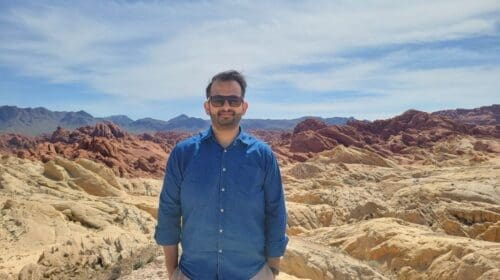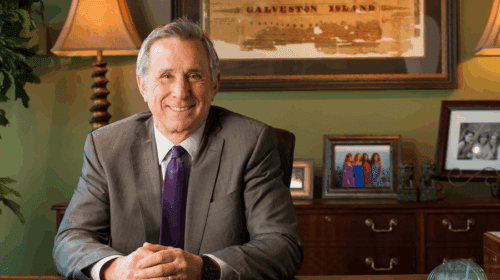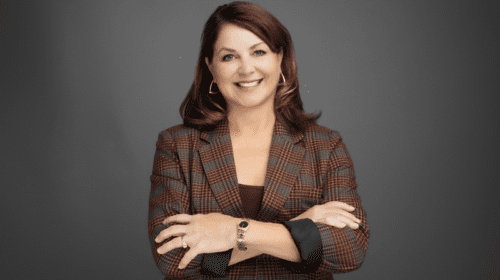In the United Kingdom, the year 1977 marks the celebration of Queen Elizabeth II’s Silver Jubilee, as well as the birth of her first grandchild… The U.K. holds the Presidency of the Council of the European Union for the first time… British Aerospace is launched to run the aviation industry, which has been nationalized… English tennis player Virginia Wade wins the Women’s Singles title at Wimbledon.
Across the North Sea in Norway, Gro Harlem Brundtland, who would go on to become the country’s first female prime minister in 1981, is first elected to the Storting, where 24 percent of the Ministers of Parliament (MPs) are women… beloved children’s author Anne-Cath Vestley’s Eight Children series is adapted for film… The first uncontrolled blowout on the Norwegian Continental Shelf (NCS) occurs on the Ekofisk Bravo platform, laying the groundwork for strict safety and regulatory guidelines.
And 1977 is the year most accounts say women began working offshore in the North Sea. Oil had first been discovered in commercial quantities in the North Sea in 1969 in the Ekofisk field in the Norwegian sector, and it was a surprisingly short time later when women began joining their male counterparts offshore, although in very few numbers, something which holds true to this day.
Norwegian nurses, Svanhild D. Rolfsen and Marit Høiland, became some of the first – if not the first – women to work offshore in August of 1977 when they received permanent appointments in the Frigg field, where forward-thinking Elf had designed platform accommodations for female employees, a luxury not many women had in those early days.
Jane Whaley graduated from Bristol University in 1977 with a Bachelor of Science in Geology, and went offshore for Decca Survey in November of that year. She eventually joined GEO ExPro in 2004, becoming editor in chief from 2010 to 2021. Whaley continues her work as a freelance energy writer, along with her role as a trustee for the independent charity, Citizen’s Advice, Stroud and Cotswold District, in the U.K.
Norwegian Anne Grete Ellingsen earned a Master of Science in Petroleum Technology from the University of Stavanger and is widely recognized as the first female offshore installation manager (OIM) in the North Sea. She would go on to become the deputy minister for the Petroleum and Energy Ministry of Norway from 1990 to 1992. Ellingsen was named CEO of GCE NODE in 2013, a role she held until 2019. In 2017, she became the first Norwegian and only the third woman to be inducted into the Offshore Energy Center Hall of Fame in Galveston, Texas.
Englishwoman Ann Cairns began her career as a research engineer for British Gas and is known as the first female engineer in the North Sea, but called herself “one of the lads.” The holder of a pure mathematics degree (as well as a master’s and two honorary doctorates), she later moved into finance, another male-dominated industry. Cairns joined Mastercard in 2011 and rose to executive vice chair, a role she held until January of this year. She is now board chair for the Financial Alliance for Women.
We celebrate these brave and adventurous women, who were some of the first to work offshore in the North Sea, and are among the very small number of women ever to have done so. With the percentage of women in the offshore workforce holding steady at ~3.7 percent, they occupy a special place in the history of the oil and gas industry in the North Sea.
Rebecca Ponton has been a journalist for 30+ years and is also a petroleum landman. She is the author of Breaking the GAS Ceiling: Women in the Offshore Oil and Gas Industry (Modern History Press; May 2019). She is also the publisher of Books & Recovery.
Oil and gas operations are commonly found in remote locations far from company headquarters. Now, it's possible to monitor pump operations, collate and analyze seismic data, and track employees around the world from almost anywhere. Whether employees are in the office or in the field, the internet and related applications enable a greater multidirectional flow of information – and control – than ever before.









